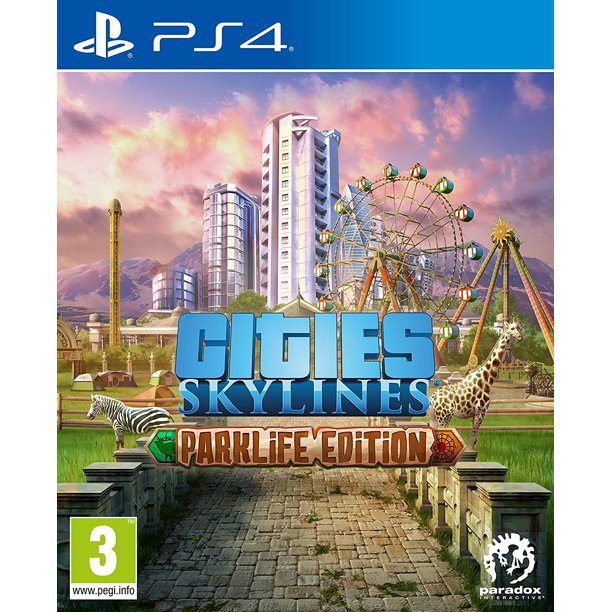Designing a city skyline requires careful planning, with steps involved including choosing a location, developing a master plan, zoning and land use, transportation, public spaces, building design, infrastructure, and finishing touches. The location chosen has a significant effect on the layout and design of the skyline, and careful attention should be paid to factors such as geography, climate, and existing infrastructure. The master plan provides a roadmap for development over the next several decades and should take into account population growth, transportation, infrastructure, and zoning. Zoning and land use should be reflective of the needs of the community, while transportation, public spaces, building design, infrastructure, and finishing touches are all critical components of a successful skyline.
City Skylines: Designing Your Dream Metropolis
A city skyline is a symbol of the urban landscape, reflecting the history, culture, and character of a city. Whether it’s the towering skyscrapers in New York City or the colorful rooftops in Paris, a city skyline is a breathtaking sight to behold. However, creating a city skyline is no easy task. It requires careful planning, design, and construction. In this article, we’ll take a closer look at the steps involved in designing your dream metropolis.
Step 1: Choose a Location
The first step in designing your dream city skyline is choosing a location. Whether you’re starting from scratch or expanding an existing city, the location you choose will have a significant impact on the layout and design of your skyline. Consider factors such as geography, climate, and existing infrastructure when choosing a location. You may also want to research the history and culture of the location to incorporate elements of the local culture into your design.
Step 2: Develop a Master Plan
Once you have chosen a location, the next step is to develop a master plan for your skyline. A master plan is a comprehensive framework that outlines the long-term development goals and strategies for the city. It should take into account factors such as population growth, transportation, infrastructure, and zoning. A well-designed master plan will provide a roadmap for your city’s development over the next several decades.
Step 3: Zoning and Land Use
Zoning and land use are critical factors in designing a successful skyline. The zoning code dictates how land can be used and developed within the city, while land use outlines what types of buildings and infrastructure will be developed in each zone. Carefully consider the needs of your city and create zones that are reflective of the needs of the community. Make sure to provide a mix of residential, commercial, and industrial zones to create a diverse and thriving community.
Step 4: Transportation
Transportation is a critical component of any city. A well-designed transportation system can make a city more livable, sustainable, and accessible. Consider implementing a variety of transportation modes, including public transit, bike lanes, and pedestrian infrastructure. Make sure to plan routes that are efficient and provide easy access to key destinations within the city.
Step 5: Public Spaces
Public spaces are essential for creating a vibrant and livable city. Parks, plazas, and squares can provide residents with a place to relax, socialize, and engage in physical activity. Make sure to incorporate public spaces into your skyline design and ensure that they are accessible to all members of the community.
Step 6: Building Design
The design of buildings is critical in creating a memorable and iconic skyline. Consider the style and aesthetic of your city and incorporate these elements into your building design. Also, ensure that your buildings are functional, energy-efficient, and sustainable. Careful attention to building design can create a skyline that is both beautiful and functional.
Step 7: Infrastructure
Infrastructure is the backbone of any city. For a skyline to be successful, it must have a reliable and functional infrastructure. Consider elements such as utilities, water, and waste management when designing your city’s infrastructure. Ensure that your infrastructure is scalable and can accommodate future growth to avoid bottlenecks and other inefficiencies.
Step 8: Finishing Touches
Finally, the finishing touches are what will set your skyline apart from others. Consider incorporating elements such as public art, lighting, and landscaping to create a unique and memorable skyline. These elements may seem minor but can make a significant impact on the overall look and feel of the city.
Conclusion
Designing a dream city skyline requires careful planning, strategy, and attention to detail. By following the steps outlined in this article, you can create a city that is both iconic and functional, meeting the needs of residents and visitors alike. Remember, a city skyline is a representation of the community it serves, so take care to incorporate elements that reflect the local culture and values. With a little bit of planning and creativity, you can create a skyline that is truly one-of-a-kind.
